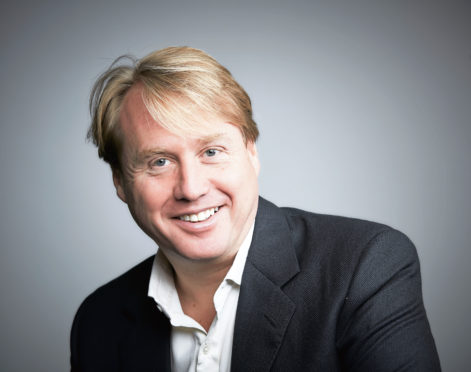The entrepreneur behind plans for a 3,000-strong hydrogen bus fleet in the UK says the alternative fuel can play a strong part in Scotland’s post-Covid recovery.
Jo Bamford is the founder and chief executive of Oxford-based Ryse Hydrogen, which supplies the gas to bus operators, and heir to the multi-billion-pound JCB empire.
Last year he stepped in to rescue Northern Irish firm Wrightbus after it collapsed into administration, seizing the chance to combine its experience of building hydrogen-fuelled buses with his own firm’s area of expertise.
He was due to travel to Aberdeen this month to celebrate 15 new Wrightbus-built double-decker vehicles arriving in the city – but the recent local lockdown scuppered the launch, which had already been pushed back because of Covid-19.
The new buses – costing £7.5 million in total – are funded by Aberdeen City Council (ACC), the Scottish Government and the European Union.
It is hoped to finally get them on the road later this year and Mr Bamford believes there will be many more to follow.
“There should be 25 by the end of next year,” he said, adding Scotland was ideal for developing the hydrogen production required to fuel them.
“You have an abundance of wind and water – the two ingredients you need to make hydrogen – and the Scottish Government does need to transition to new forms of energy,” he said.
Ryse Hydrogen plans to build production facilities in Aberdeen and Glasgow, using some of the electricity generated by offshore wind farms to split the gas from water through electrolysis.
Mr Bamford, who earlier this year announced his vision to deliver 3,000 hydrogen-powered buses in the UK by 2024, said taking steps to unlock Scotland’s “hydrogen economy” would create jobs and deliver environmental benefits to help the country recover following the pandemic.
On Thursday, ACC announced an additional £1m of funding for its hydrogen bus project, giving the local authority an option to increase the number of vehicles to 25.
